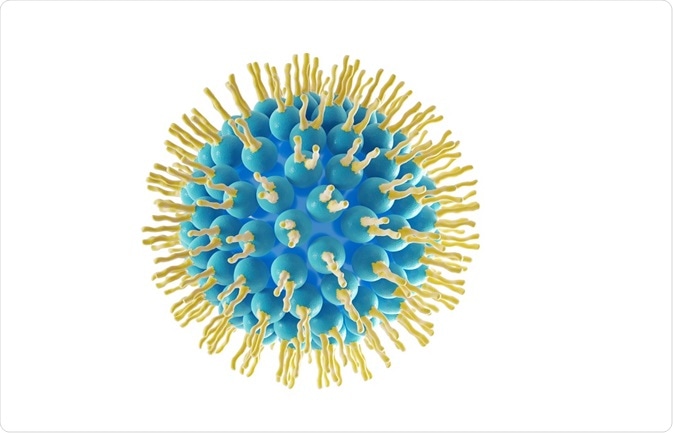Micellar electrokinetic chromatography is a modified version of capillary electrophoresis which is used to separate a wide range of molecules, from inorganic ions to large biopolymers.

luminance studio | Shutterstock
Electrophoresis was first developed in the 1930s by Arne Tiselius, who separated serum proteins using their charge differences. Since then, different methods of electrophoresis have been developed, including electrophoresis in narrow capillaries, which have a diameter of 25–100 µm.
Micellar electrokinetic chromatography was developed because conventional chromatography methods did not separate molecules that have a neutral charge. To resolve this problem, charged surfactants, consisting of a hydrophobic portion connected to a water-soluble functional group, that are above their critical micellar concentration, are added in the capillary electrophoresis buffer to separate the uncharged molecules.
Components of micellar electrokinetic chromatography
A standard instrument consists of the following components: a high voltage power supply that can supply up to 30kV, silica capillary coated with polyimide externally with a diameter of 20–200 µm, two buffer reservoirs, two electrodes connected to the power source, and an ultra violet detector.
During the experiment, the capillary is filled with the electrolyte solution and the sample to be tested is injected from the anode part of the capillary. Then, both parts of the capillary and electrodes are kept in the buffer and voltage is applied to begin the process of electrophoresis.
Capillary Electrophoresis
Micellar electrokinetic electrophoresis
Although micellar electrokinetic electrophoresis was initially used to separate neutral compounds, as it separates both neutral and charged compound with equal electrophoretic abilities, it is used for both now. The compounds in this method can be separated both on the basis of electrophoretic mobility and solute partitioning in the micelle.
Surfactants or surface-active agents
Surfactants are amphipathic or they contain both hydrophilic (e.g. alcohol, ether, carboxylate, sulphate, sulfonate, sulphate, and phosphate) and hydrophobic components (e.g. a hydrocarbon chain). The hydrophilic component has a strong affinity for water, while the hydrophobic part may accumulate due to its repulsion towards water.
There may be four kinds of surfactants: anionic, cationic, non-ionic, and zwitterionic. Anionic surfactants are the most commonly used as they break into hydrocarbon chains with anions upon dissolution in water. Cationic surfactants break down into hydrocarbon chains with cationic heads upon dissolving in water.
Critical micelle concentration
When a surfactant dissolved in water and other parameters, such as surface tension, osmotic pressure, electrical conductivity or solubility are plotted together, at a specific concentration of the surfactant, there will be an abrupt change in the value of the other parameters. This concentration value of the surfactant is called the critical micelle concentration.
The critical micelle concentration was first observed by Mc Bain where at a certain concentration, the surfactants tend to aggregate. These surfactant aggregates can adopt a variety of shapes and sizes based on the concentration of surfactants, cp-solvents, pH, temperature and pressure. Also, these are dynamic in nature and can form and disaggregate based on conditions.
Separation principles of micellar electrokinetic electrophoresis
Micellar electrokinetic electrophoresis is based on the analyte partitioning between the aqueous and micellar phase. When an analyte is added to the solution, a part of it incorporates into the micelle and migrates along with it. While the rest of the part migrates with the speed of the electroosmotic flow. The difference in these speeds dictates how well an analyte can be separated.
Further Reading